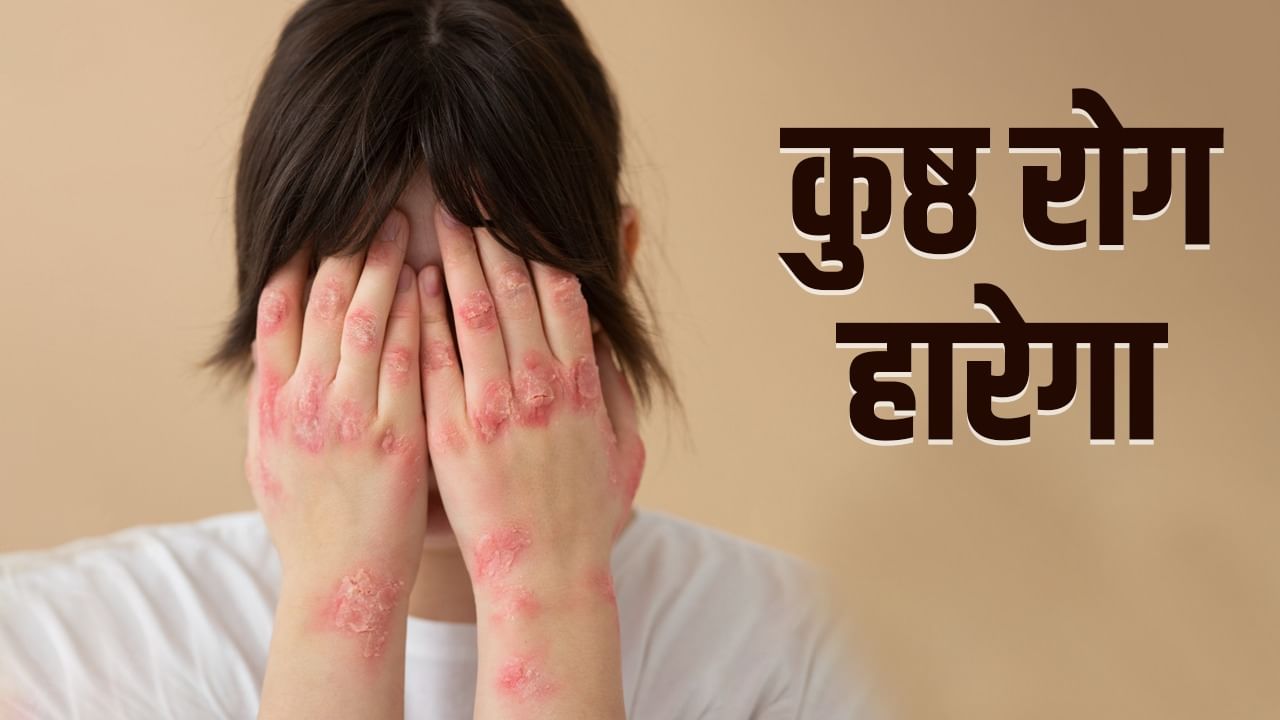Control of leprosy
Leprosy, also known as Hansen. The disease is spread by infection of mycobacterium lepre bacteria. Due to its infection, there are many types of spots on the body. If the infected area is touched, it remains almost numb. There is no feeling of pain, heat or cold. Changes in many parts of the body that is suffering from this disease can be seen in the feet, hands or face, that is, curvature is also an important symptom of this disease. Also, it also has a bad effect on the eyes. Eyes include problems like appearance, difficulty in stopping.
How to prevent infection?
According to the 1951 census, leprosy was a common problem. Out of the total population here, 13,74,000 people were infected with leprosy. That is, 38 people were infected with leprosy on every 10 thousand people. In such a situation, it was recognized as a national health problem by the government and work was started to prevent it. First of all, the National Leprosy Control Program (NLCP) was run in 1954-55. Under this scheme, treatment of infected person was started from door to door under Dapson monotherapy. To overcome this infection further, the program was increased at a higher level in 1969-74. Under the fourth Five Year Plan, its coverage was increased at the city and village level on this infection.
NGOS participation increased
In 1983, the participation of NGOs was increased to overcome leprosy. Under this, the scheme of SET i.e. survey, education, treatment was started, in which the identity of leprosy patients and their treatment was taken to more people with the help of NGOs. Paramedical employee was appointed here at a population of every 25 thousand. After this, awareness was spread among the people about this disease.
With the help of survey from house to house, people were told about the early symptoms of its infection so that it could be treated in the early days of infection. People were included in clinic information. MDT started in 1982-83, in which multi-drug therapy was started. It was recognized by WHO. Its free treatment and advice were also started to reduce and defeat this disease in the country.
Decline in infection data
The rate of leprosy in 1981 was 57.2 per 10,000, which increased to 44.8 by March 1984 and by March 2004 per 10,000. In 1981, the rate of severe deformity (grade II) among new patients was 20%, which remained 1.5% by 2004. The World Bank took help of community participation and IEC new technologies through two projects of 1993-2000 and 2001-2004. Cooperation and partnership with media organizations like NGOS, WHO, Danida, and BBC WST, SOMAC, Lintas was increased. By 2004, 17 states and 250 districts had achieved the target of leprosy eradication (less than one case per 10,000), and 7 states were close to it. By December 2005, India achieved the target of defeating leprosy at the national level.
Ahead
The National Strategic Scheme and Roadmap was prepared for 2023-2027 under the National Leprosy Eradication Program (NLEP), which by 2030, completely preventing the spread of leprosy and spreading foreign affairs infections. The vicious disease strategy 2021-2030 was also emphasized on strong monitoring, digitization, start and awareness campaigns. There should be no new case in children for five years at the district level and then there is no new case for three years. Work is being done on this.
